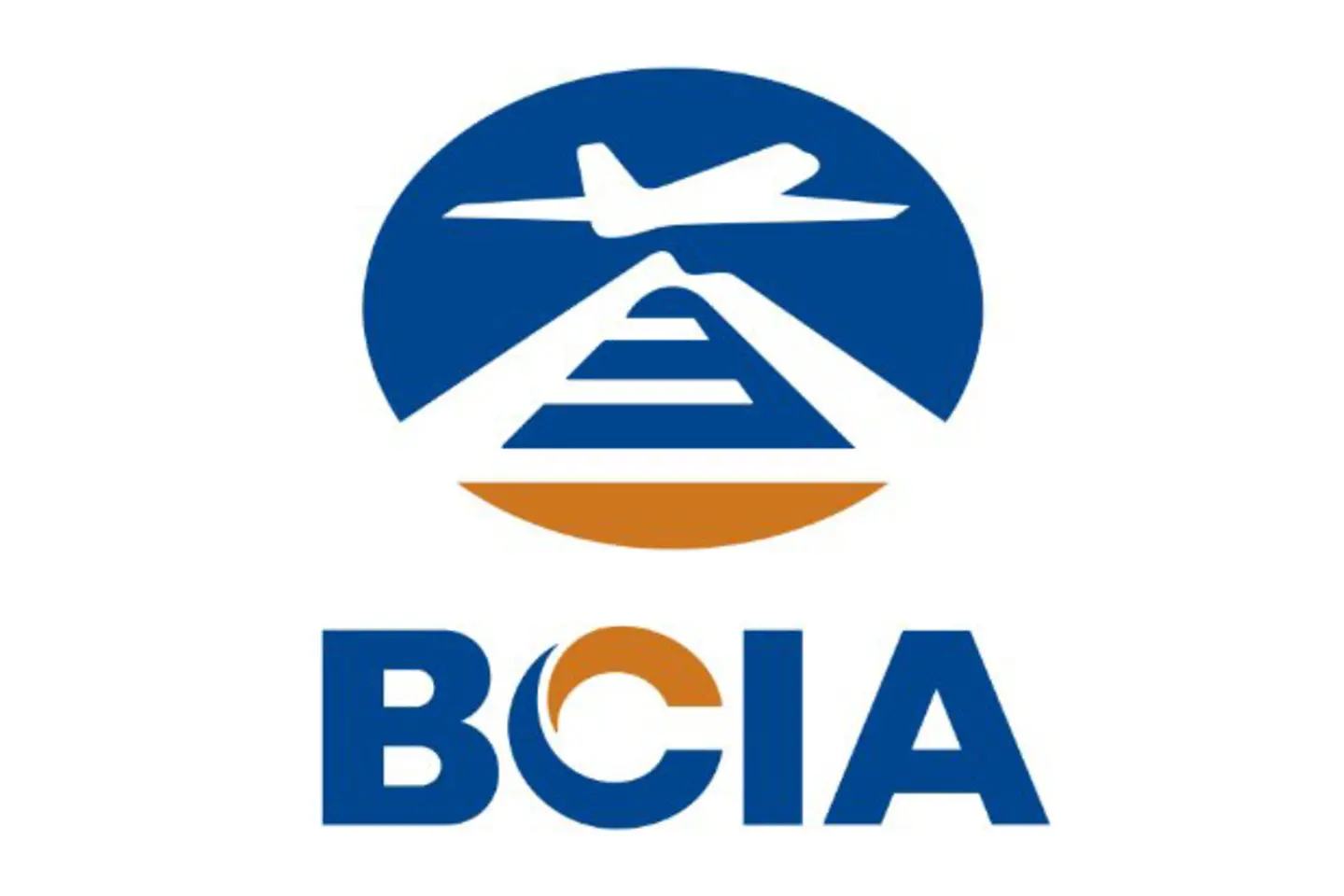

The Airport Management System (AMS) by T-Systems is already employed at more than 40 airports around the world. The software is perfectly attuned to the operational management of the air traffic and can be flexibly expanded based on demand. The AMS analyzes, processes, and visualizes all of the airport's flight-related data, thus ensuring smooth flight maneuvering and ground handling processes. The solution is operated in a highly secure on-premise server environment.
Beijing Daxing airport uses a version of the Airport Management System by T-Systems which is individually adapted to the needs of the operator. It is designed to manage the flight operations taking into account a number of integrated stakeholders.
Beijing Daxing airport is setting new benchmarks in the digitalization of air traffic.
Edgar Ziller, Head of Airport Management, T-Systems

130 million passengers, 700,000 sqm of terminal space, seven take-off and landing runways, a high-speed train. Within a few years, the new Beijing Airport is to be the largest in the world. It is situated in a geographical hub of the People's Republic, therefore serving a metropolitan area of more than 200 million people who are able to reach the airport from 28 major cities within three hours. The number of visitors to the airport is therefore expected to grow. The software which controls the airport's operations must also be correspondingly flexible, since the utilization capacity of the hub will be continuously increased over the coming months until Beijing Daxing is the largest airport in the world.

Passengers, flight times, aircraft width, and much more – an airport is a highly complex ecosystem, the operational efficiency of which is dependent on reliable information and sound decision-making. T-Systems' in-house developed Airport Management System is a fully-integrated complete solution for digital airport management which allows for the complexity of the airport's everyday business with a large number of modular technical components. It fully reproduces all flight-related activities based on real-time data, so enabling better decision-making and a more efficient cooperation between the parties involved in the flight operations. This contributes towards the optimization of handling processes and reliable information from passengers and personnel. This in turn ensures the punctuality of the flight operation.
The AODB is the technical IT backbone of the management system. Similar to a database, all flight-related data for planning and management come together – from the number of baggage items to the physical aircraft data. All components of the networked system access this database.
The RMS module automatically allocates the assignment of aircraft parking positions, gates, check-in, and baggage reclaim based on the data from the AODB. This ensures smooth handling of aircraft, passengers, and baggage.
More than 3,000 displays are used at Beijing Daxing. They provide the flight passengers and the handling personnel with all relevant real-time information using the FIDS.
The A-CDM collaboration tool is the communication platform for all persons and institutions involved in airport operations: flight security, airlines, ground handling, traffic controllers, and service personnel. It provides comprehensive views on the status of operational activities based on real-time data, which simplifies the decision-making processes and contributes towards improving airport efficiency.
The ESB is incumbent on the connectivity of all components provided by T-Systems with one another and ensures the seamless integration of the systems of all external stakeholders involved in the airport operations. It is therefore a prerequisite for the implementation of collaboration efforts of the A-CDM portal.
The number of air passengers is rising globally, and China is no exception. Internationally known as Beijing Capital International Airport, Beijing's airport meanwhile faces a lack of capacity to process the increasing volume of air traffic. After an international planning competition, the construction works for Beijing Daxing International Airport began in 2014. Just under 50 kilometers south of downtown Beijing, in the district of Daxing, one of the world's largest civil aviation airports materialized after just five years of construction. A mega project which is not only architecturally ambitious, but is also equipped with highly modern technology so as to master the challenges of the coming years. The German digital service provider T-Systems was contracted to provide the programming of the digital air traffic control system, which adapted its in-house developed airport software to the individual requirements and needs of the Chinese airport within 24 months.
Terminal space: 700,000 sqm